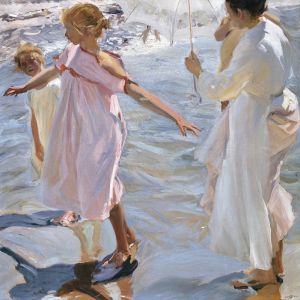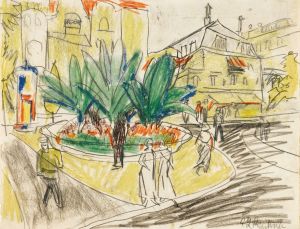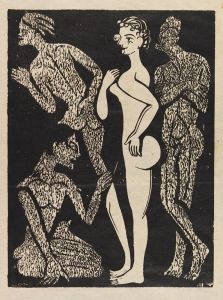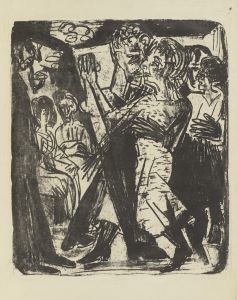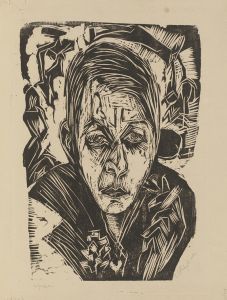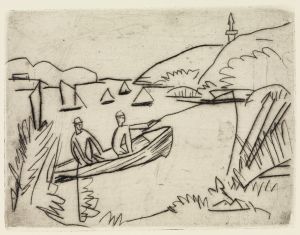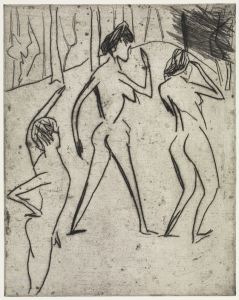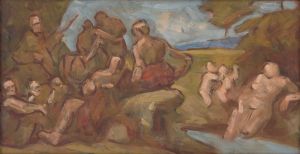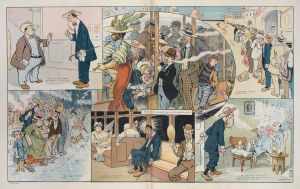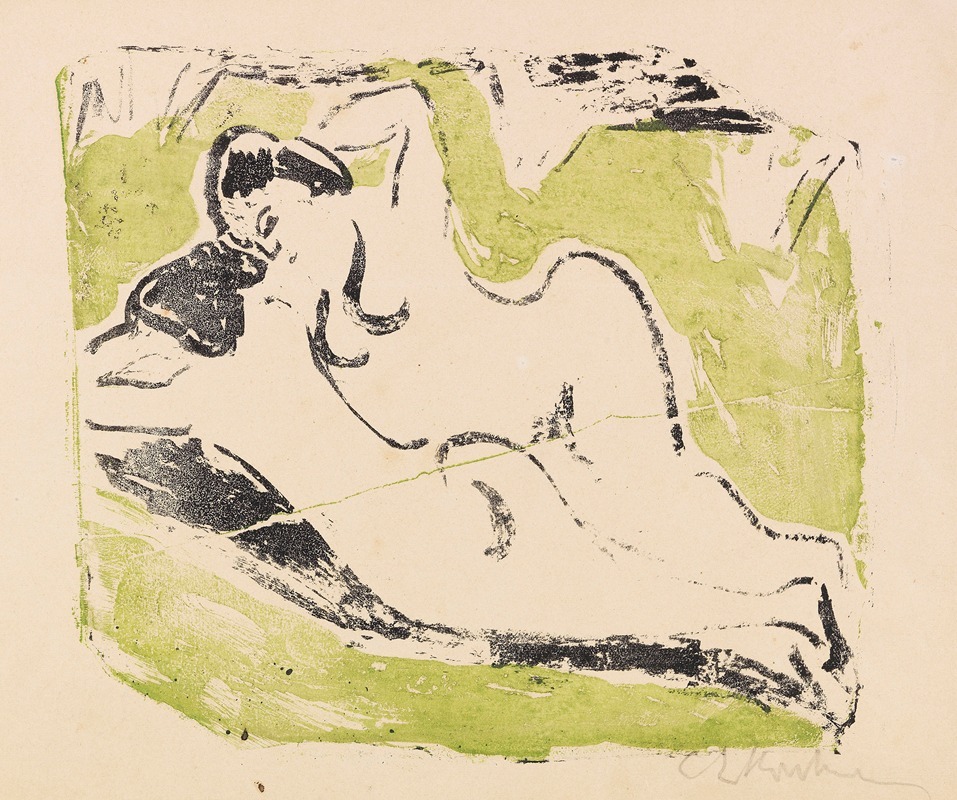
Sich sonnende Badende
A hand-painted replica of Ernst Ludwig Kirchner’s masterpiece Sich sonnende Badende, meticulously crafted by professional artists to capture the true essence of the original. Each piece is created with museum-quality canvas and rare mineral pigments, carefully painted by experienced artists with delicate brushstrokes and rich, layered colors to perfectly recreate the texture of the original artwork. Unlike machine-printed reproductions, this hand-painted version brings the painting to life, infused with the artist’s emotions and skill in every stroke. Whether for personal collection or home decoration, it instantly elevates the artistic atmosphere of any space.
"Sich sonnende Badende" (translated as "Bathers in the Sun") is a painting by the German expressionist artist Ernst Ludwig Kirchner. Created in 1910, this work is a quintessential example of Kirchner's style during his involvement with the art movement known as Die Brücke (The Bridge), which he co-founded in 1905. Die Brücke was a group of German artists who sought to create a new form of artistic expression that would bridge the past and the future, combining traditional techniques with modern themes.
Kirchner's "Sich sonnende Badende" captures a scene of nude figures enjoying a day at the beach, a subject that was common in his work during this period. The painting reflects the group's interest in naturalism and the human form, as well as their desire to break away from the constraints of academic art. The figures are depicted with bold, exaggerated forms and vibrant colors, characteristic of Kirchner's expressionist style. The use of strong outlines and simplified shapes emphasizes the emotional and physical energy of the scene.
The setting of the painting is likely inspired by the Moritzburg lakes near Dresden, where Kirchner and other members of Die Brücke often spent their summers. These outings provided the artists with an opportunity to explore themes of freedom, nature, and the human body in a relaxed and uninhibited environment. The emphasis on nudity and the natural landscape in "Sich sonnende Badende" reflects the group's belief in the importance of returning to a more primal and authentic way of life, free from the constraints of modern society.
Kirchner's work during this period was heavily influenced by non-European art, particularly African and Oceanic art, which he encountered in ethnographic museums. This influence is evident in the stylized forms and the emphasis on raw, emotional expression in "Sich sonnende Badende." The painting's composition and use of color also show the impact of Post-Impressionist artists like Vincent van Gogh and Paul Gauguin, whose work Kirchner admired.
"Sich sonnende Badende" is significant not only for its artistic qualities but also for its reflection of the cultural and social changes occurring in Germany at the time. The early 20th century was a period of rapid industrialization and urbanization, and many artists, including Kirchner, sought to critique and escape the alienation and dehumanization they perceived in modern life. By depicting scenes of leisure and communion with nature, Kirchner and his contemporaries aimed to offer an alternative vision of human existence.
Today, "Sich sonnende Badende" is considered an important work in Kirchner's oeuvre and a key example of German Expressionism. It is housed in the collection of the National Gallery in Berlin, where it continues to be studied and appreciated for its innovative approach to form, color, and subject matter. The painting remains a testament to Kirchner's skill as an artist and his commitment to exploring new ways of seeing and representing the world around him.





